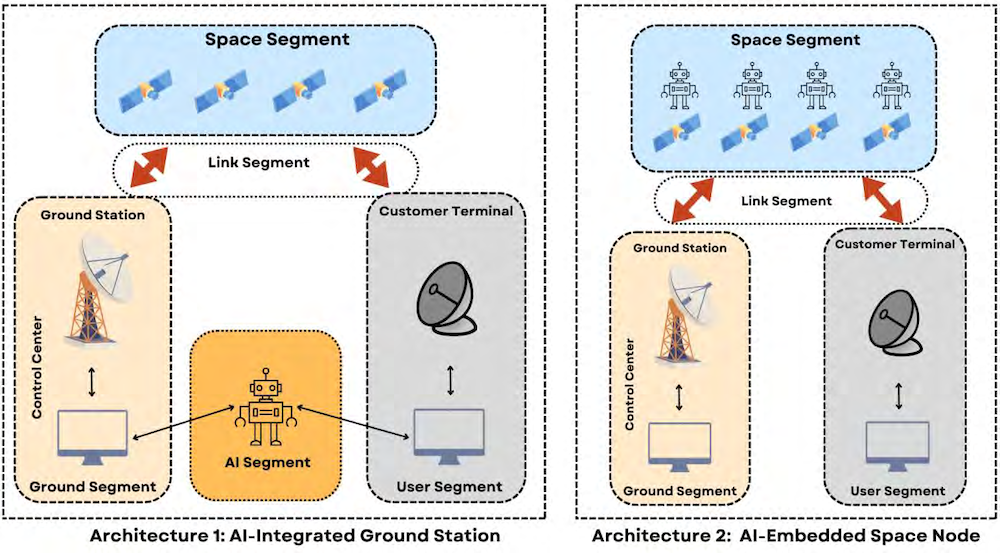
Here on the surface, AI systems are being deployed left and right. But securely putting AI to work in space operations is a considerably more complex endeavor. A new paper from Aerospace researchers for Space ISAC (PDF) outlines why and offers a few options for how development might proceed, as well as what to watch out for.
"The significant increase in satellite deployments and the rise in sophistication of cyber threats have highlighted the limitations of human ability to handle the complexity and sheer volume of attacks on space systems," write the authors.
When you have dozens or hundreds of in-space assets, multiple stages of software development and deployment that can be targeted individually, and unprecedented ways of combining vulnerabilities and access due to the uniqueness of these assets... suffice it to say that it's a novel and fraught operating environment.
The authors propose a systematic approach that acknowledges and documents the threats and mitigations available at each stage of machine learning operations, such as model training, deployment, and data storage — crossed with the necessity of performing those operations in ground, space, transport, and user domains.

One particularly consequential architecture decision that space AI deployments will have to consider is whether to have the AI operating on the ground as an addendum to existing systems, or on satellites themselves — for instance, onboard object recognition for an orbital imagery system or one working alongside other software services in terrestrial datacenters. Such decisions must be made early on and have enormous effects on how the AI systems develop.
The paper, Developing AI for Space Cybersecurity, only scratches the surface of the topic, pointing out more avenues for research in the near future. You can read it and others from Space ISAC here.
